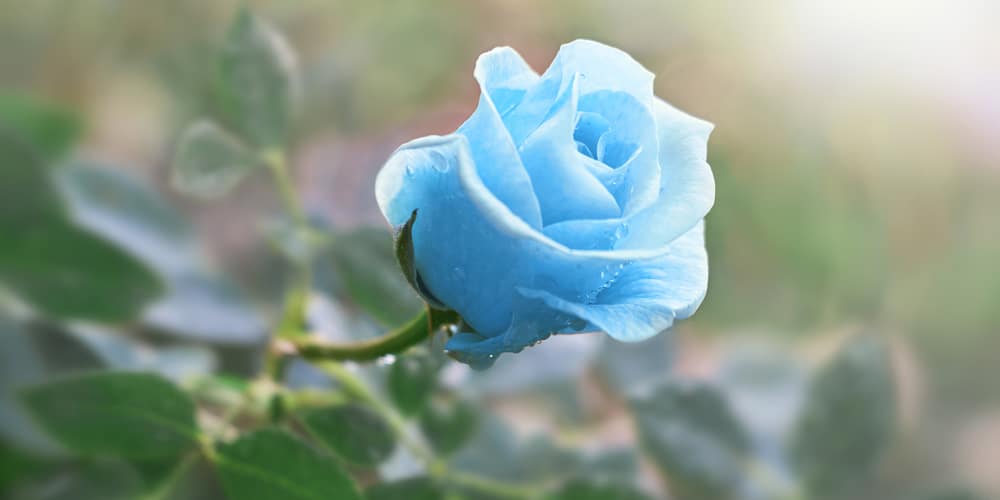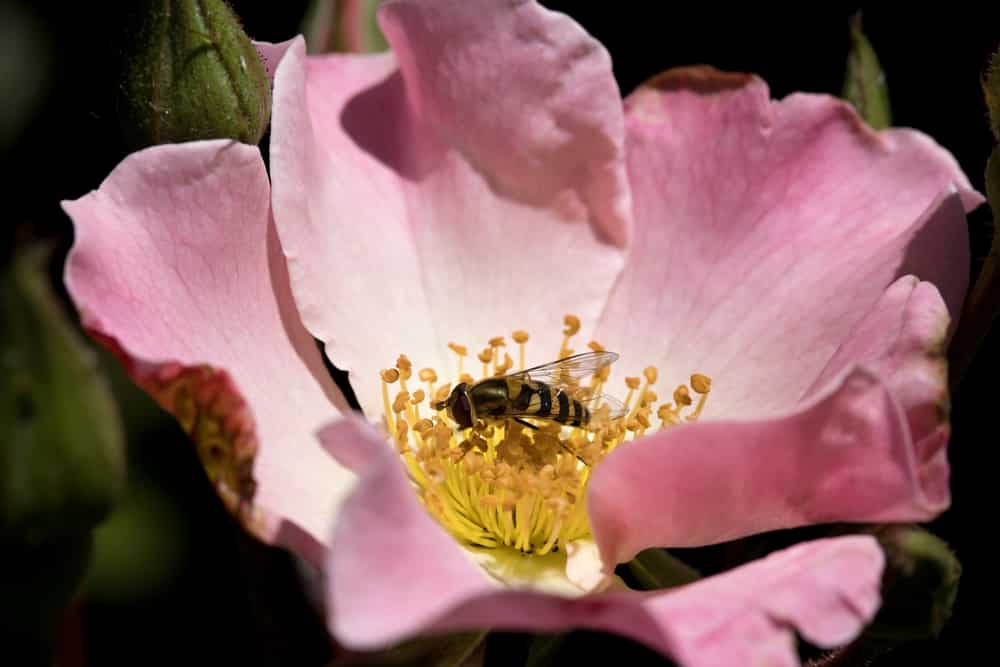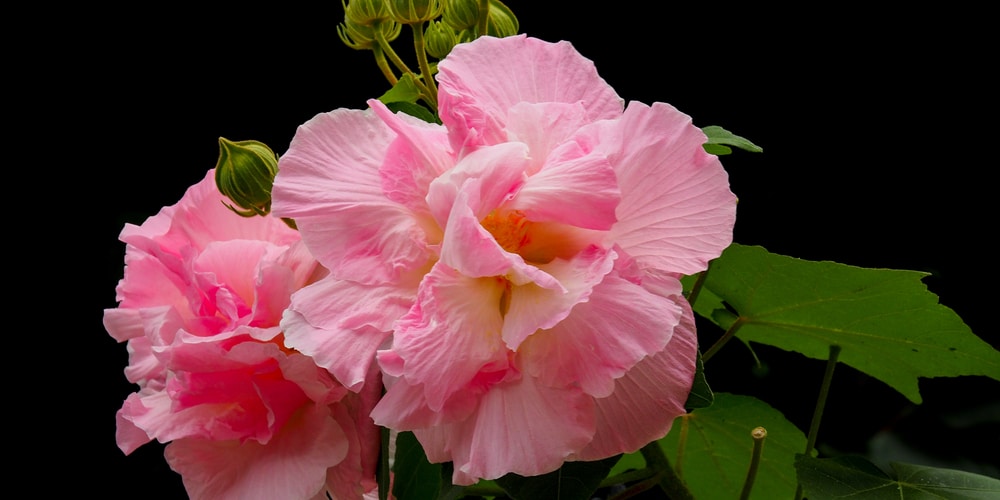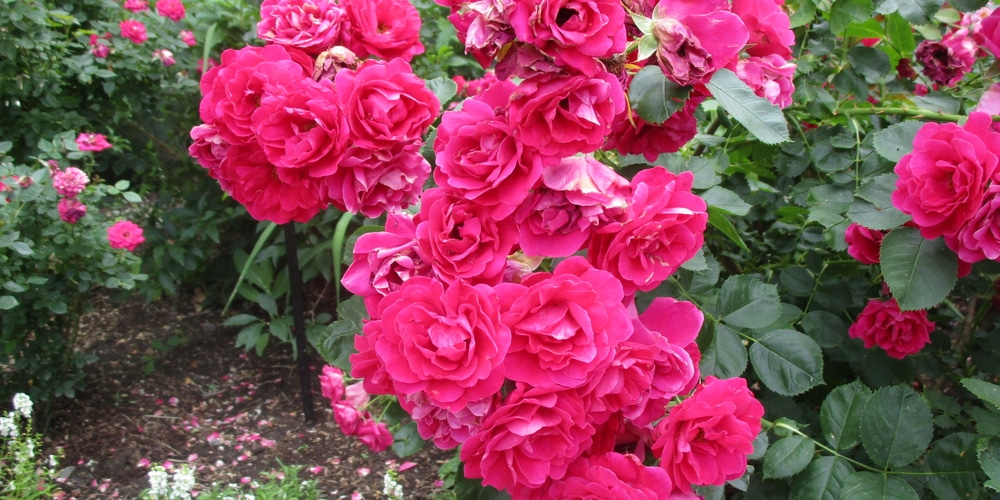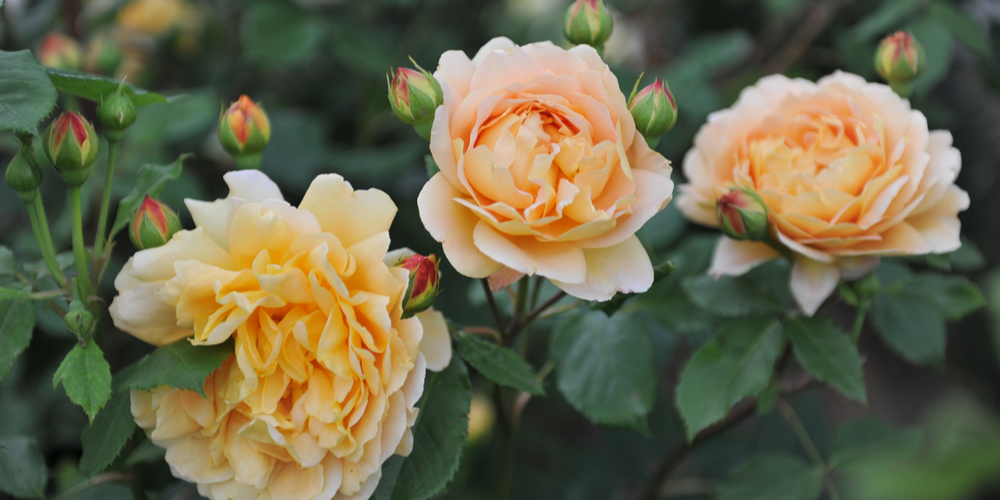Few flowers capture the collective imagination the way roses have. The flowers elicit images of love and loss with their broad, velvety petals. The petals-their shape, color, and number- make the flower. How many petals does a rose have? The answer depends on the rose.
Wild Roses
Though we frequently associate roses with florists and bouquets, the flowers occur in the wild, uncultivated by man. As a result, wild roses grow abundantly across the globe. The flowers blossom in Europe, North America, and Asia.
Over 100 varieties of wild roses spread their scent across the world, but each of them grows precisely five petals. Among the most popular breeds are:
- Rosa banksiae Lutea or the Lady Banks Rose
- Rosa Foetida Bicolor or Austrian Copper
- Rosa Eglanteria or Shakespeare’s Eglantine Rose
- Rosa Nutkana or Nootka Rose
- Rosa woodsii or Wood’s Wild Rose
Wild rose petals are primarily pink, though some red and white ones do occur. Twenty thousand wild rose hybrids blossom yearly.
R. Sericea
The R. Sericea only grows four petals, making it an extreme outlier in the rose family. The flowers grow in:
- Southwest China
- Bhutan
- Northern India
- Nepal
- Myanmar
The four petals are broad and crinkled and only grow in white. The R. Sericea grows in four different forms:
- Sericea
- Glandulosa
- Glabrescens
- Pyracantha
Single Roses
Botanists roses by petal count. A single rose grows four to eight petals. Single roses don’t adhere to our traditional notion of a rose, looking more like a child’s simple perception of a flower.
However, the flowers grow in a vast array of colors and types, including:
- Alba Semi-plena
- Golden Wings
- Lyda Rose
- La Marne
- Ballerina
- Frau Dagmar Hartopp
The roses blossom in different shades of pink, yellow, red, and white. There’s a single rose variety to please every gardener.
Semi-Double
Semi-double roses are nearer the commercially embraced image of a rose. The semi-double rose grows between nine and sixteen petals. While the single rose petals grow next to each other, the semi-double blooms blossom in rows.
Semi-double roses come in a variety of pinks, reds, and yellows. The Rosa Mundi is a particularly striking example of the semi-double rose.
Double
Double petal roses are full and round. Their petal count ranges from seventeen to twenty-five. While these flowers are beautiful and near the platonic rose ideal, their fullness is actually a mutation.
Double roses don’t occur naturally in the wild. A double rose is the botanical equivalent of absorbing your twin in the womb. In this scenario, the surviving rose grows both its own petals and those of its absorbed sibling.
Knockout Roses, named for their durability, are double roses.
They come in a wide array of colors, including:
- Peach
- Pink
- Coral
- Gold
- Red
- Multi-hued
Knockout roses are easily cultivated, even for beginner gardeners, and thrive in most climates.
Full
Full roses are the flowers of paintings and Valentines. These plants develop between twenty-six and forty petals, which grow close together, creating a full, lush bloom.
Full petal roses bloom in many colors and types, including:
- Floribunda Rose
- Don Juan Climbing Rose
- Peace Hybrid Tea Rose
These roses grow in pink, red, yellow, and hybrid colors.
Very Full
Very Full roses are packed with petals. The flowers give the appearance of bursting with brightly colored leaves. A very full rose grows over forty-one petals. The blossoms are tightly-packed, rows upon rows of leaves right next to each other.
Very full roses come in every color you can imagine, across several breeds, including:
- Banshee
- Belle de Crecy
- La Ville de Bruxelles
- Madame Hardy
- Quicksilver
There are over 30,000 very full rose varieties cultivated. Generally speaking, the more petals a rose has, the quicker it wilts. More petals require a greater distribution of resources, giving the flower a briefer life.
Some modern roses grow up to eighty petals. However, their lifespan is relatively short.
Conclusion
Roses have advanced beyond their original petal numbers. Flowers growing in the wild maintain a modest five-petal blossom. Cultivated roses can produce as many as eighty petals. Modern gardeners have plenty of options for their roses and need only determine how full they want their flowers to be. There are also many varieties of flowers that look like roses.
